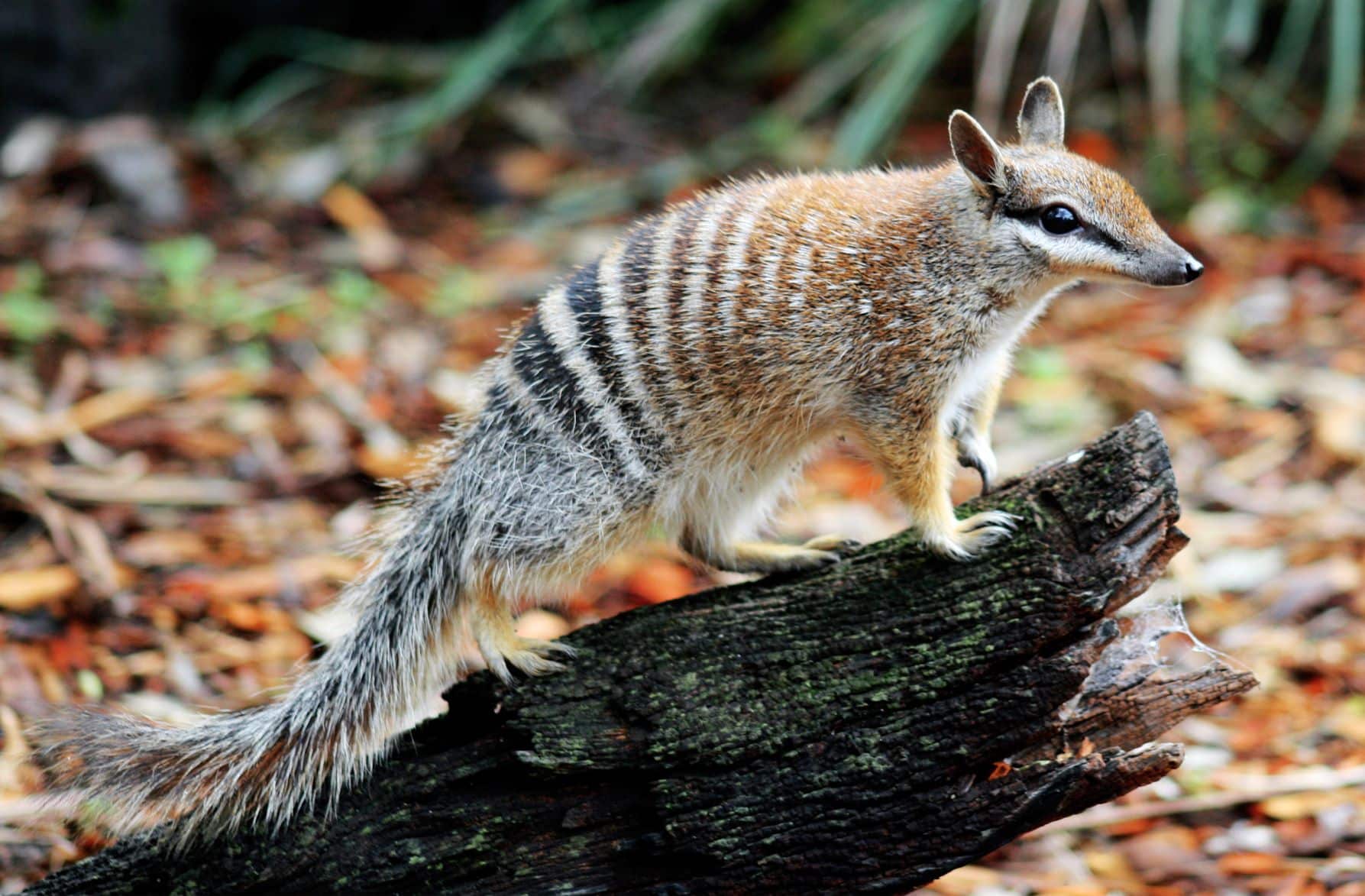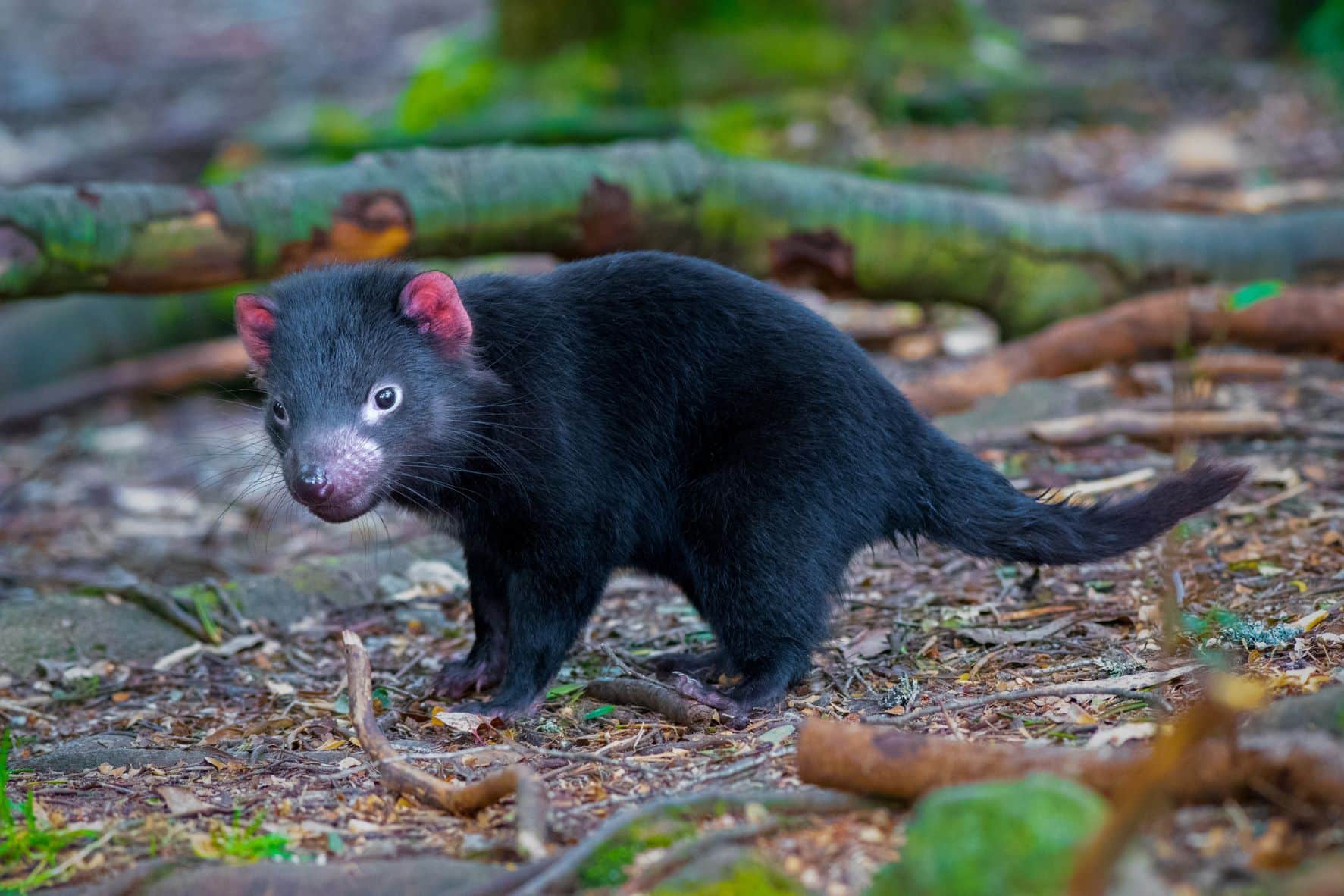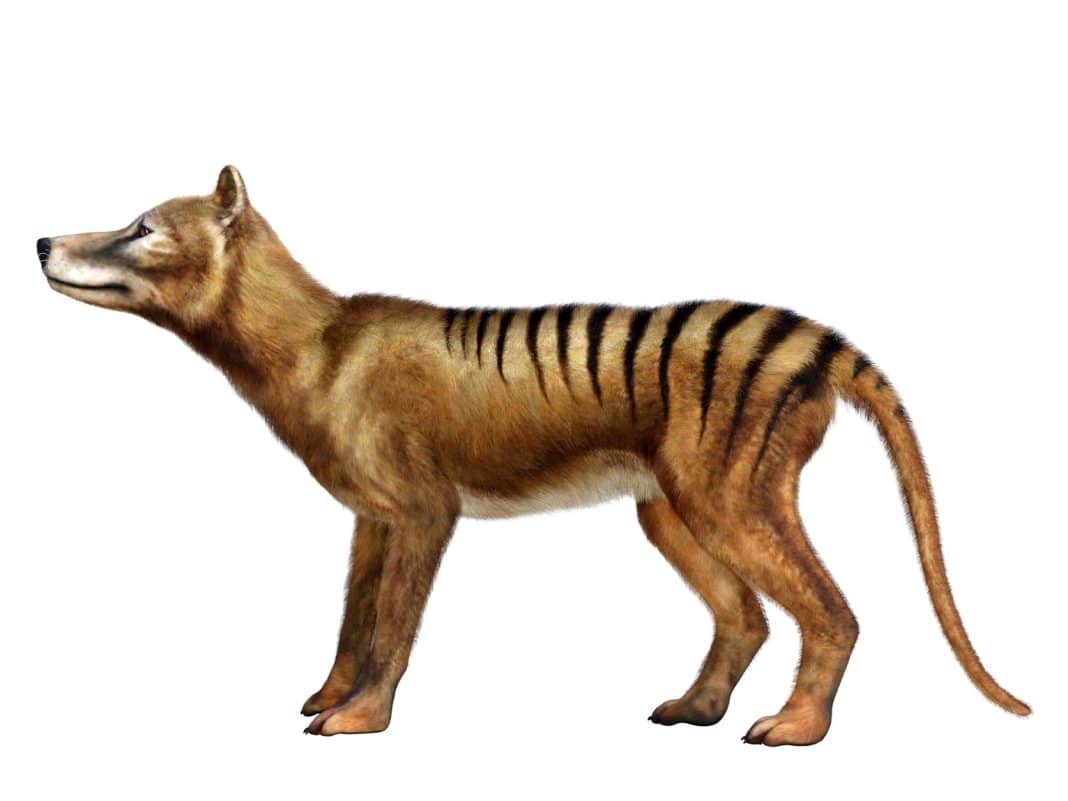There was one animal Australia’s only known marsupial apex predator couldn’t outsmart; humans. On this day back in 1936, the last of his species, Benjamin the Tasmanian Tiger died from exposure because of suspected neglect at Beaumaris Zoo in Hobart. Now, 7 September marks National Threatened Species Day, a time to remember the species we have lost and reflect on how we can stop it happening again.
Scientists estimate there would have been around 5,000 Thylacine or Tasmanian Tigers living in Tasmania at the time of European settlement. Less than 150 years later the animals were gone, extinct from overhunting, habitat destruction and the introduction of diseases.
Even though opinions started to shift, it was too late for the Thylacine and for Benjamin, who died merely 59 days after the species was granted protection status. Some scientists believe that if the animal hadn’t been killed off, it could have helped stop the spread of the facial tumour disease that is rapidly decimating the Tasmanian Devil population.
In the less than 250 years from when Europeans came to Australia, we have farewelled 34 species of mammals, and a total of 100 types of native animals now extinct, including the Desert Bandicoot, Toolache Wallaby and the Paradise Parrot.
In 2022, Australia continues to hold the unenviable moniker as the world’s leader of extinctions. Currently we are at risk of losing more than 480 of our native animals. Here in the capital this year alone we have seen our beloved Koalas and Gang-gang Cockatoos added to the threatened species list.
“It is not a good thing; it means Australia has the worst extinction record on the planet,” says Professor David Lindenmayer, ecologist and conservation biologist from The Australian National University (ANU)




Professor Lindenmayer says the Australian Government is underinvesting in species protection by about 90 per cent and there desperately needs to be more funding into the environment, partnered with sensible decisions in our environmental practices.
“When the environment minister says we are going to create the great green wall street Australia that’s wonderful, but you have to reflect that with proper investment, sensible action and reconnecting the science and the management.”
He says more funding is needed to be able to monitor species; without proper long-term data sets, there is not an accurate representation of the populations. They need to be able to track species to see how they are performing or see if any tactics of preservation are making a difference.
“It is like trying to run the Australia bank without any of the profit and loss records, imagine that.”
Professor Lindenmayer says while there was a successful program called Threatened Species Recovery Hub that supported the top quality research and management for threatened species, it was axed in the previous federal government. He is calling on the current government to reinstate the program to protect Australia’s native wildlife.
“The present government could invest in a threatened species recovery hub; it engages threatened species managers all over the country, there is a lot to be gained from reinstating that.”
According to Professor Lindenmayer, the Leadbeater possum as an example of inaction; the marsupial is Victoria’s state emblem, yet its habitat continues to be logged for woodchips and paper products.
He says the best thing people can do to help with the crisis is to demand politicians invest more in the environment as government priorities are reflected in their spending.
“We know that Australia spends about one tenth of what it needs to spend to stop species from going extinct. They need to invest in a level of spending to actually do some positive.”
Another way people can help is by reconsidering our land management practices, he says, especially those on an industrial scale and how they impact the creatures living in the area.
“We know when we log a forest, we kill all the animals, and we add significantly to their status of endangered,” Professor Lindenmayer says. “Stop logging native forests, it has lots of negative effects including the fact that logged forests always burn at high severity.”
Times are changing and maybe the ‘once they’re gone, they’re gone’ doesn’t ring true for all species anymore. Scientists in Australia and in the United States are working with Colossal Biosciences in Texas to bring back the Tasmanian Tiger. Lindenmayer says it is interesting but the millions that have been invested and will be invested could be better spent saving those species on the brink of extinction.
He says that even if successful, it isn’t likely that many tigers will be released into the wild. If the focus is on bringing back animals and not protecting those that are here, we are only going to add to the conga line of extinct species.
“Much better to hold onto things while you have them, than to work out what on earth you need to do to bring them back,” he says.
To find out more about National Threatened Species Day, visit www.wwf.org.au.
Canberra Daily would love to hear from you about a story idea in the Canberra and surrounding region. Click here to submit a news tip.



